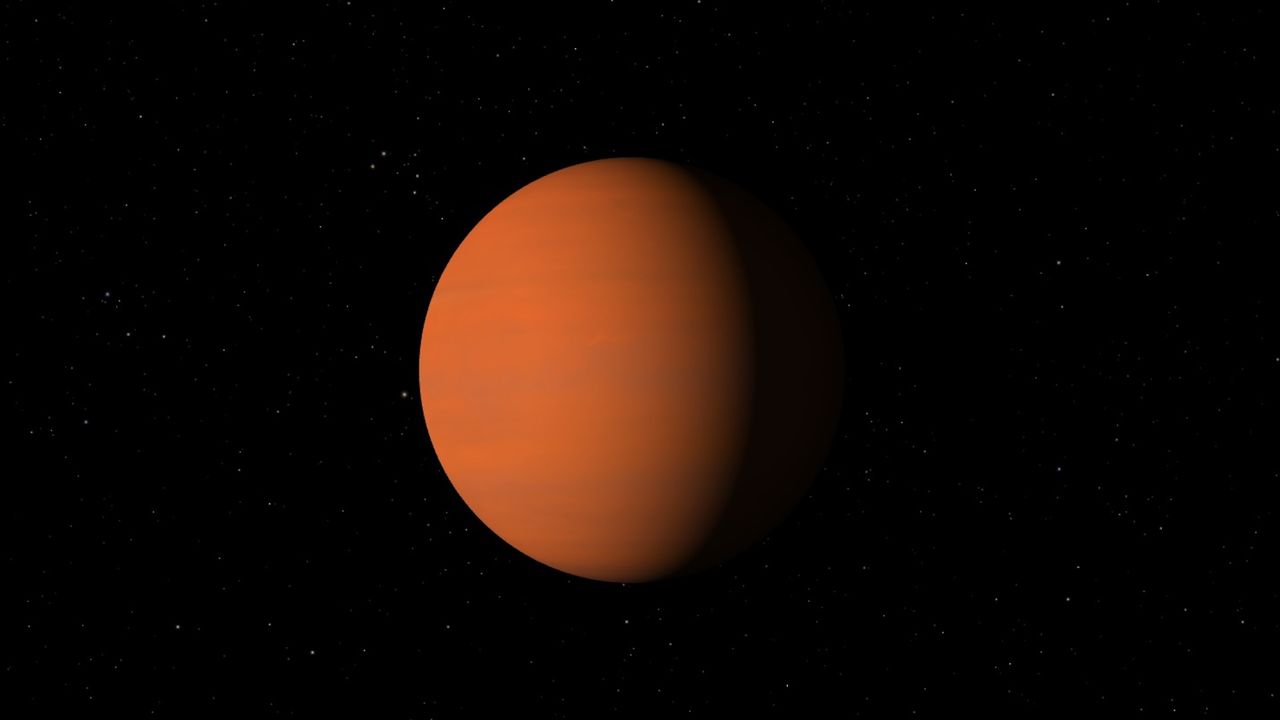On November 1, 1995, astronomers Michel Mayor and Didier Queloz made a groundbreaking discovery by identifying the first known planet orbiting a sunlike star. This milestone occurred at the Haute-Provence Observatory in France and marked a pivotal moment in the field of exoplanet research.
The journey began in September 1994 when Mayor and Queloz, both affiliated with the Geneva Observatory, focused their telescopes on a star approximately 50 light-years from Earth, known as Pegasi 51. After 18 months of meticulous observations, they detected a planet, later named 51 Pegasi b or Dimidium, orbiting this star. The discovery opened new avenues in understanding potential extraterrestrial life.
Before this breakthrough, astronomers had attempted to find planets outside our solar system, known as exoplanets, for decades. While some had detected indications of planets around pulsars and other stars, most efforts yielded inconclusive results. By the 1980s, a shift in focus occurred as scientists began to explore the light emitted by stars to identify possible planets.
Mayor and Queloz analyzed the trajectories of nearly 150 stars, looking for anomalies that suggested gravitational pulls from orbiting planets. The significant wobble in Pegasi 51’s trajectory led them to conclude that a planet was influencing its movement. Further analysis of the star’s light confirmed the presence of Dimidium, a “hot Jupiter” — a gas giant larger than Jupiter but with about half its mass. This planet orbits just 5 million miles (approximately 8 million kilometers) from its star, completing a revolution every 4.2 days.
Shortly after their discovery, scientists at the Lick Observatory in California verified the findings. The publication of their research in the journal Nature heralded the start of an intense period of exploration into exoplanets. Following this landmark discovery, astronomers rapidly identified dozens of additional exoplanets, igniting a race to uncover worlds that might support life.
The advancements in technology and observational techniques have since led to the identification of over 6,000 exoplanets. These include various types, such as super-Earths and water worlds, although none have yet been confirmed to host life.
Mayor and Queloz’s contributions to astronomy were recognized in 2019 when they were awarded the Nobel Prize in Physics, sharing the honor with Canadian physicist James Peebles. Their discovery not only expanded our understanding of the cosmos but also set the stage for future explorations in the search for life beyond Earth.
As scientists continue to refine their methods, the quest to find habitable planets remains a priority, with promising candidates emerging from ongoing research. The legacy of Mayor and Queloz’s work underscores humanity’s enduring curiosity about the universe and our place within it.







